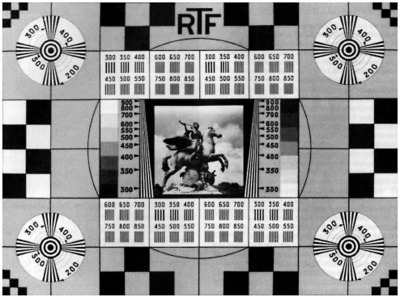The Digital Voice modes (DMR, D-Srar. C4FM, etc) & Hotspots used for them will change that
Plus, there's the ISS which has a Ham station on board (Callsign W5ISS) & there are various Ham Satellites orbiting the Earth using spectrum in ways you don't even realize on the ground unless you're a Ham
It's been almost twenty-five years since D-Star, close to that for DMR. At least ten for C4FM. None of that has increased the use of ham bands. If anything, there's less activity.
Little Hotspots running on nothing but Raspberry Pi's hadn't been invented yet & until recently depended on repeaters (Also a transmitter) with some kind of hardline connection to the Internet where they connect to master servers than run the reflector they're on
Those little Hotspots create DOZENS of micro-repeaters operating on seperate frequencies & bands rather than just one repeater on one set of frequencies atop a building, hilltop or in someone's backyard. As such, the need to maintain repeaters for regular use has been rendered nearly moot (Although I'm sure some clubs & Hams take the same approach CBS did when it decided to maintain the Empire State Building transmitter site as a backup for WCBS 2 & its radio stations ;pmg after everyone else moved to the original World Trade Center (A decision which of course CBS & New Yorkers everywhere would be thankful for in the wake of the September 11th Terrorist Attacks)
That's great. They don't need more spectrum to make one contact in orbit.
You must not be a Ham Kelly. Otherwise you would know that Ham Satellites REQUIRE more spectrum than a ground-based repeater does to allow for things like Doppler Shifting (Something which ground-based repeaters (Analog or Digital) don't do)


